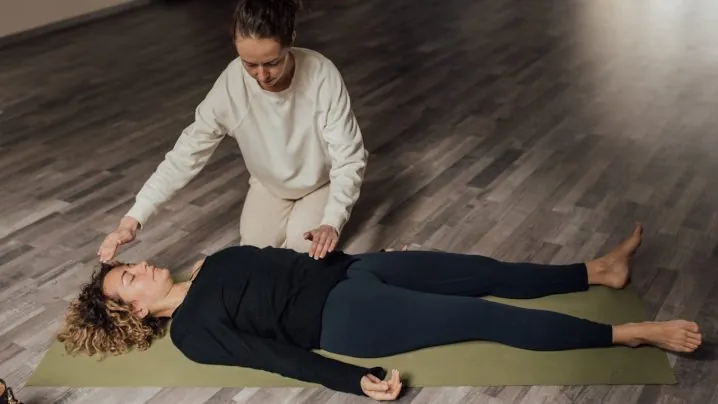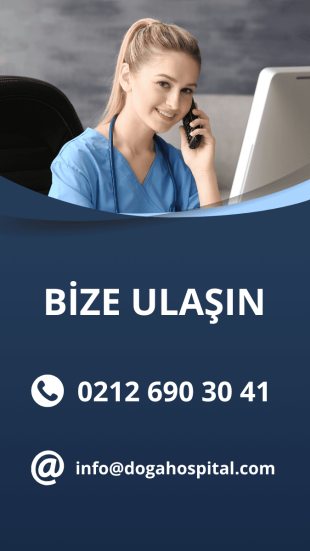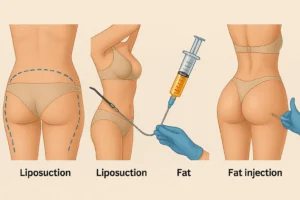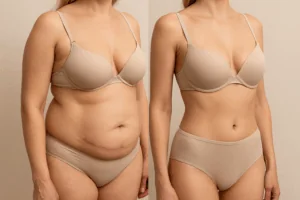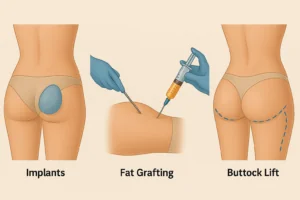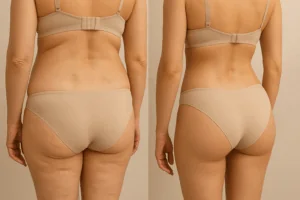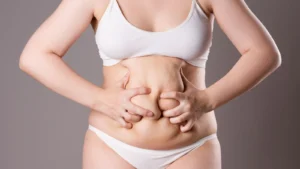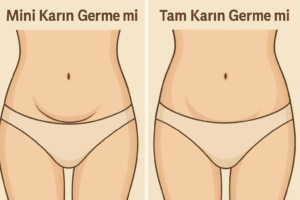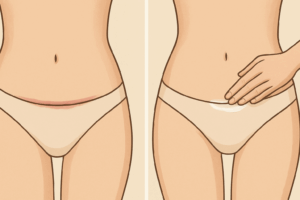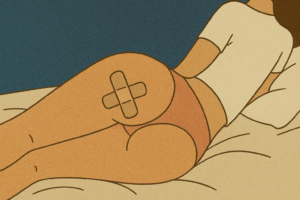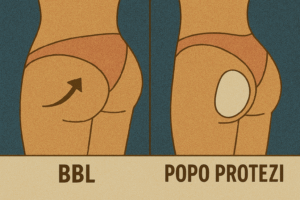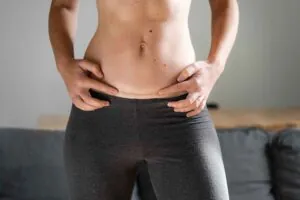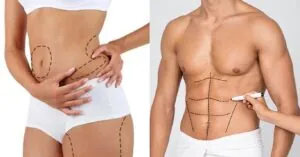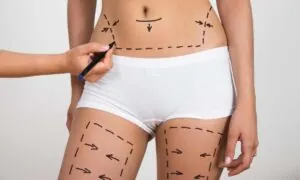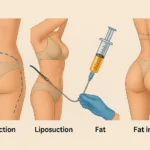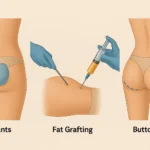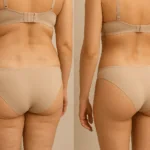Physical therapy is a medical discipline used to help patients restore or improve their physical function. These treatment methods usually focus on physical modalities such as movement, exercise, electrotherapy and massage.
- Definition and Overview: Physical therapy uses natural methods to improve and maintain the physical health of patients. Movement, exercise, manipulation and other physical modalities form the basis of the treatment process.
- Historical Development of Physical Therapy: The history of physical therapy stretches from antiquity to the integration of modern medicine. Even in ancient Greek and Roman times, information on the healing power of physical activity was available. Today, with the advancement of technology and science, physical therapy methods have become more advanced and diversified.
Physical Therapy Methods
Physical therapy is a comprehensive treatment discipline that aims to improve the physical health of patients through various modalities. In this section, the main methods of physical therapy will be examined in detail and the health effects of each of them will be discussed.
Electrotherapy
Electrotherapy is a physical therapy method using electric currents. This method can be effective in the treatment of various health problems and has a wide range of applications.
- Basic Principles of Electrotherapy: Electrotherapy involves the application of low-level electrical currents to the patient's body. The effects of these currents on the nervous and muscular system can speed up the healing process and reduce pain.
- Common Areas of Use: Electrotherapy is widely used to treat conditions such as muscle weakness, nerve damage, muscle spasms and chronic pain. It can also be effective in rehabilitation processes to strengthen muscles and improve mobility.
Exercise Therapy
Exercise therapy contributes to the treatment process by regulating patients' physical activity and designing specific exercise programs.
- Benefits of Exercise Therapy: Exercise therapy helps to strengthen muscles, increase flexibility and improve overall physical endurance. In addition, when practiced correctly, it can provide benefits such as posture adjustment and improved body mechanics.
- Application Techniques and Recommendations: The effectiveness of exercise therapy is enhanced by programs tailored to individual needs. These programs are carefully prepared by physiotherapists, taking into account the patient's current condition, health history and goals.
Massage Therapy
Massage therapy is a physical therapy method used to reduce muscle tension, increase circulation and provide general relaxation through tactile manipulations.
- Contributions of Massage to Physical Therapy: By reducing tension in the muscles, massage therapy can expand the range of motion and speed up the muscle recovery process. It can also have positive effects on reducing stress and improving overall mood.
- Different Massage Techniques and Effects: Different techniques, such as competitive massage, deep tissue massage, and sports massage, can be used to address different treatment needs. Each technique is designed to achieve a specific treatment goal.
The physical therapy methods discussed in this section can be applied with a customized approach according to the health status and treatment needs of the patients.
Application Areas of Physical Therapy
Physical therapy is a versatile medical discipline with a wide range of applications. In this chapter, the various application areas of physical therapy will be discussed in detail, with a particular focus on sports injuries and orthopedic rehabilitation.
Sports Injuries and Rehabilitation
Sports injuries are common conditions in active individuals and constitute an important application area of physical therapy. In this chapter, the role of physical therapy in the treatment of sports injuries and common treatment methods will be discussed.
- The Role of Physical Therapy for Athletes: Athletes can often suffer injuries such as muscle strains, ligament injuries or stress fractures in high-performance sports. Physical therapy can speed up the healing process of these injuries and help athletes regain their pre-competition fitness.
- Common Sports Injuries and Treatment Methods: Sports injuries such as tennis elbow, runner's knee syndrome, soccer player's muscle tear are conditions that can be managed with physical therapy. Treatment is usually supported by rehabilitation exercises, manual therapy and, if necessary, electrotherapy.
Orthopedic Rehabilitation
Orthopedic rehabilitation is a comprehensive branch of physical therapy that involves the healing processes of bones, joints, muscles and ligaments. In post-operative periods, it helps patients regain their mobility.
- Physical Therapy in the Treatment of Orthopedic Problems: After orthopedic surgery, patients can often experience restricted movement or loss of strength. Physical therapy offers specially designed exercise programs and rehabilitation techniques to enable these patients to regain their functional independence.
- Postoperative Rehabilitation Processes: Early postoperative rehabilitation focuses on promoting wound healing and restoring muscle strength. Later rehabilitation supports patients' return to normal activities and ensures long-term functional recovery.
Physical Therapy and Chronic Pain Management
Chronic pain is a difficult-to-treat condition that severely affects people's quality of life. In this section, the role of physical therapy in chronic pain management and examples of success will be discussed in detail.
The Role of Physical Therapy in Pain Management
Physical therapy is an important part of a multidisciplinary approach to chronic pain management. Individualized treatment plans are created by taking into account the causes and severity of pain.
- Pain Reduction Mechanisms of Physical Therapy: Physical therapy uses a variety of methods to reduce pain. These include strengthening muscles with exercise therapy, relieving muscle spasms with manual therapy and regulating nerve conduction with electrotherapy.
- Examples of Success in Treatment Processes: In cases such as chronic low back pain, neck pain and migraine, physical therapy is used in addition to or as an alternative to medication. With long-term treatment plans, pain levels can be reduced and patients can return to their activities of daily living.
Fibromyalgia and Physical Therapy
Fibromyalgia is a chronic disease characterized by symptoms such as widespread muscle pain, fatigue and tenderness. Physical therapy can be effective in relieving fibromyalgia symptoms and improving quality of life.
- Physical Therapy Methods: Physical therapy methods used in the management of fibromyalgia include aerobic exercises, hot and cold therapies, deep tissue massage and neuromuscular therapy. These methods can help relieve pain and make it easier for patients to manage their activities of daily living.
- Alleviating Symptoms and Improving Quality of Life: Physical therapy in the treatment of fibromyalgia can improve patients' physical functioning and have positive effects on their psychological well-being. Patient education and individual counseling during the treatment process can help patients manage their symptoms.


